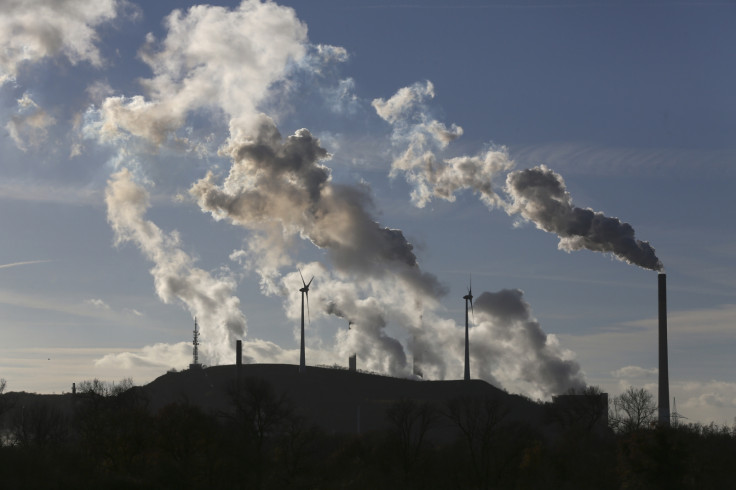Climate change to drive sixth of world's species to extinction if global warming is not curbed

One in six of the world's species will become extinct if global warming continues on its current trajectory, a study has found.
While no exact time frame is placed upon the extinction rate, the study by Mark C Urban of the University of Connecticut, showed a correlation between global temperature increases and extinction rates.
Published in the journal Science, he found that if temperatures increase by only 2C (the current target that would mean we avoid the worst impacts of global climate change), the extinction rate would almost double its current rate of 2.8% to 5.2%.
However, if temperatures continue on their current trajectory and rise by 4.3C, then 16% of species are at risk of extinction.
Urban's findings come from a meta-analysis of 131 published studies looking at climate change-induced extinction risks. The results indicate biodiversity loss accelerates with each rising Celsius degree, with rates most profound in South America, Australia and New Zealand.
"I synthesised published studies in order to estimate a global mean extinction rate and determine which factors contribute the greatest uncertainty to climate change – induced extinction risks," he wrote. "Results suggest that extinction risks will accelerate with future global temperatures, threatening up to one in six species under current policies."

Urban said the study shows the world needs to urgently adopt strategies to prevent further climate change if we want to stop the acceleration of extinctions across the globe.
He told IBTimes UK that the findings were roughly in line with what he was expecting – there was a range of predictions from zero extinctions up to 40% in different regions. Urban said: "The surprise more so was the upward increase in those extinction rates as the Earth is allowed to warm to higher temperatures."
The concern is that if global warming does continue along its current trajectory, when you factor in all the other extinction risks (poaching for example), it will be extremely difficult to come up with ways to protect all the species that have become endangered.
"You think of one in six species out there – trees, birds and what have you – to think one might be gone, that's very substantial," he said.
"I believe that we're getting close to the point of damage control – or triage – where we have to decide where we're going to put our resources in order to protect these species. And those resources need to go into both making better [scientific] models, looking at the sophisticated biological mechanisms that are important and pinpointing the species that are most at risk. And then putting the resources in to protect those spices.

"With the current 3% risk, we might be able to come up with strategies to protect those more at risk species, but when you start getting to 5%, 7% and 16%, we're at a triage state where we'll have to decide which species we're going to protect and which ones we don't have the resources to do anything about."
Urban notes the study is not perfect – there are many variables and mechanisms that were not taken into account in some of the studies analysed. However, he said this does not mean his findings show the worst case scenario.
He added: "We can't tell the future but we can try to predict it as accurately as we can. The climate scientists have done a great job and now we have those predictions, we need to make predictions about biodiversity. But our job is harder because we've got 10 million species. It's not an easy task but it's something that needs addressing.
"Climate change will contribute more and more dependent on how much the earth will warm. It could become substantial if we continue on our current trajectory of greenhouse gas emissions."
© Copyright IBTimes 2025. All rights reserved.






















